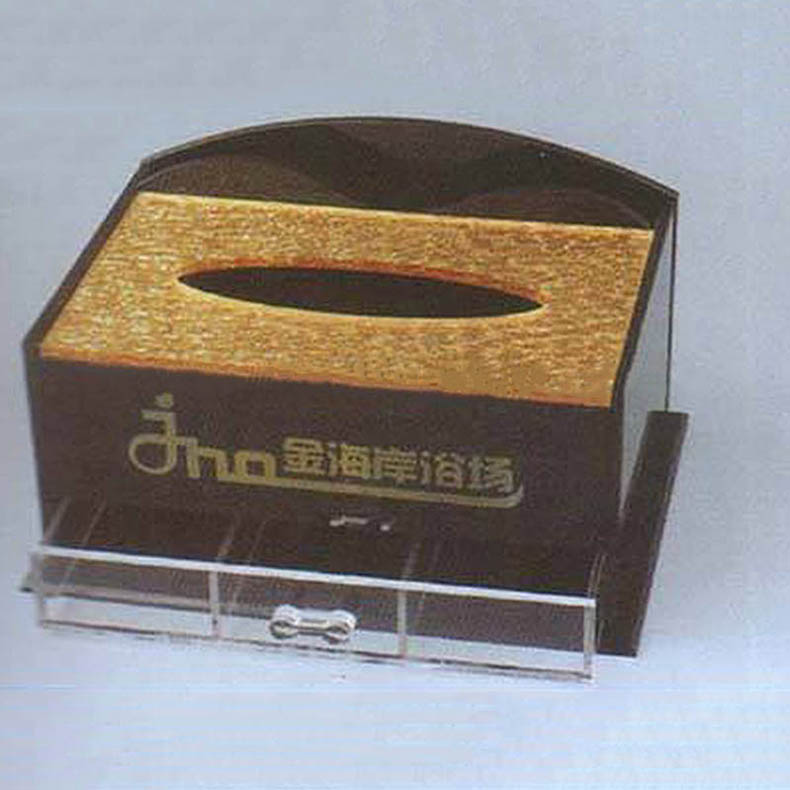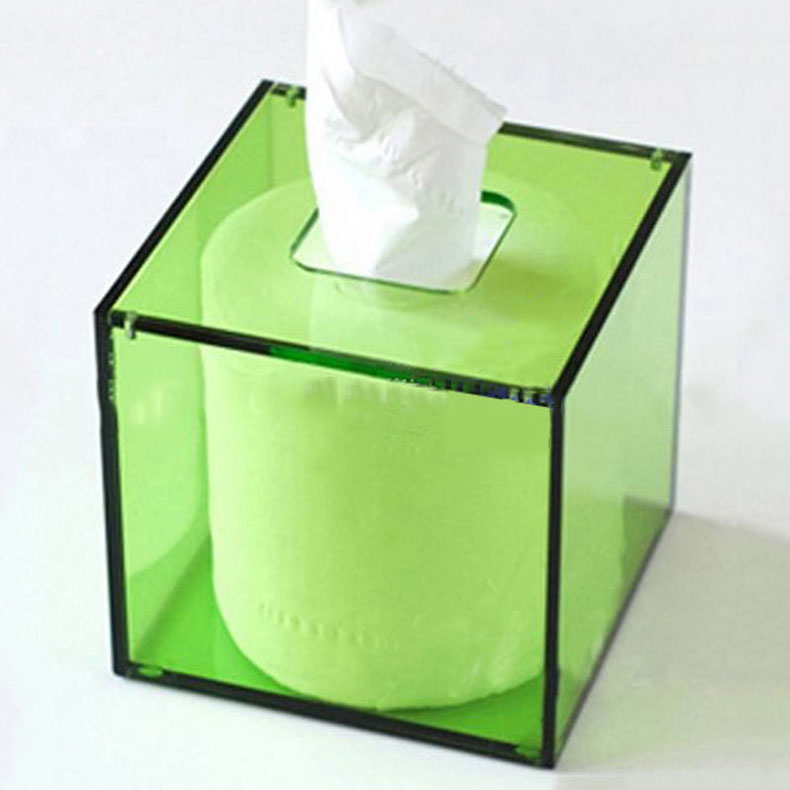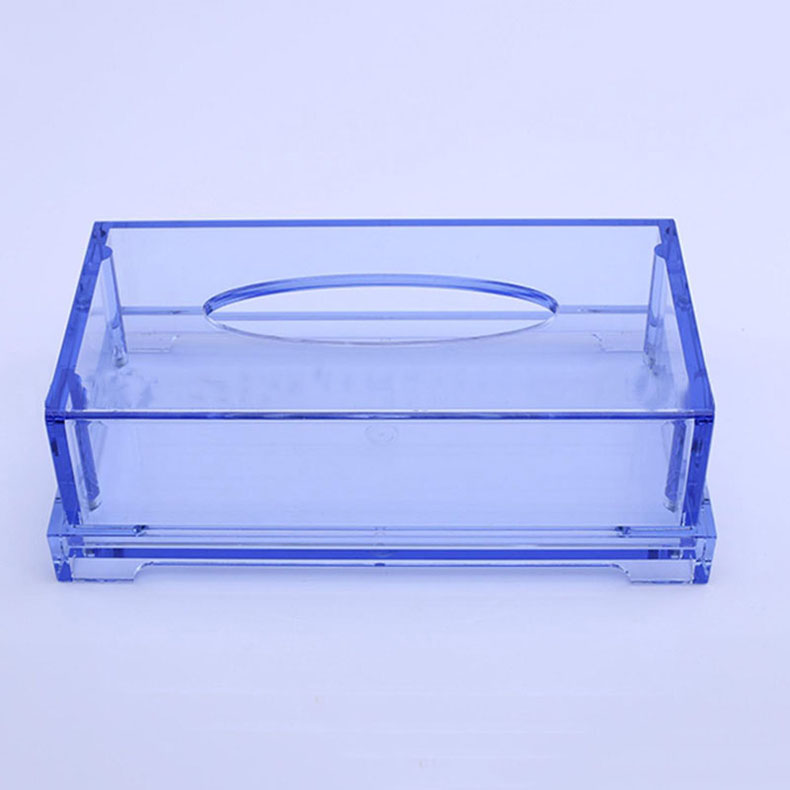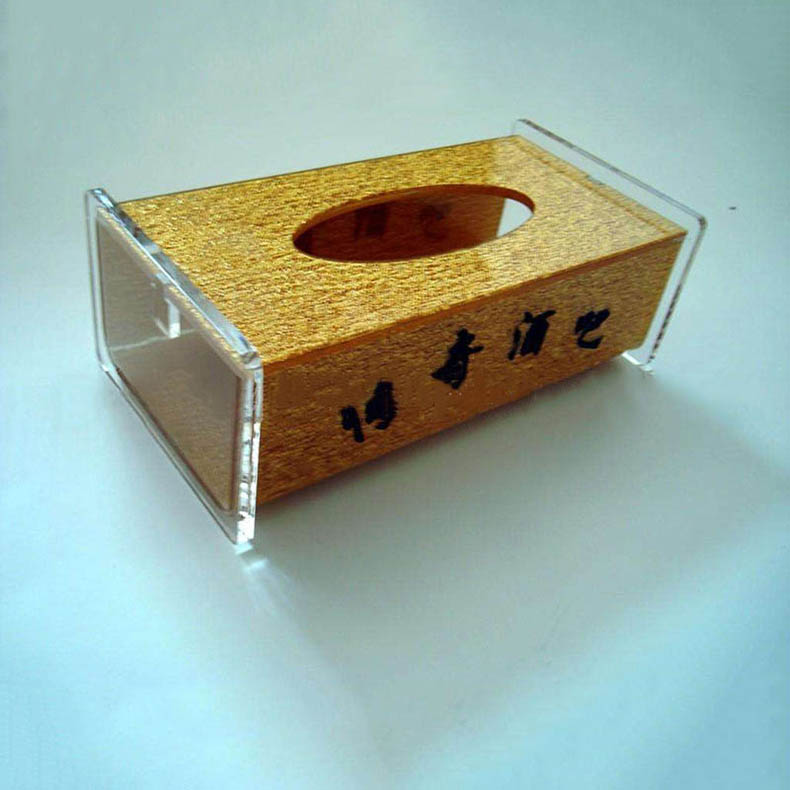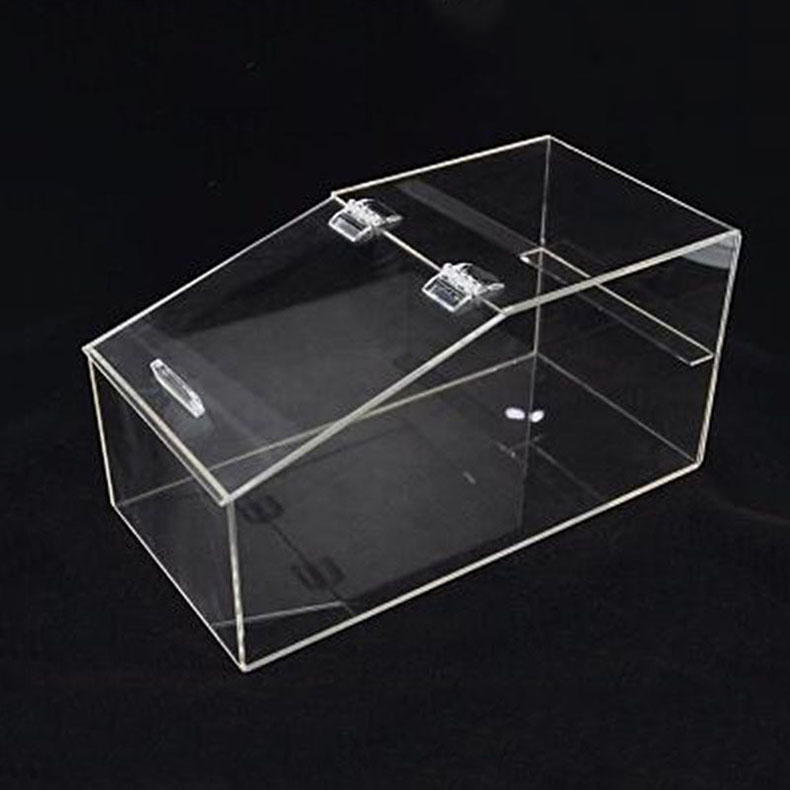Is Acrylic a Plexiglass? A Comprehensive Overview
When it comes to understanding the materials often used in various industries and crafts, two terms frequently arise: acrylic and Plexiglass. Many people use them interchangeably; however, there are important distinctions and relationships between the two that warrant a thorough exploration. In this article, we will delve into the definition of acrylic, the essence of Plexiglass, their similarities, differences, applications, and ultimately answer the question: Is acrylic a Plexiglass?
Understanding Acrylic
Acrylic is a synthetic polymer made from the polymerization of acrylic acid or its derivatives, primarily methyl methacrylate (MMA). It is known for its clarity, strength, and resistance to UV light. Acrylic can be found in a variety of forms, including sheets, molds, and extruded shapes. It is a versatile material widely used in different applications, including signage, displays, automotive parts, and in various types of furniture.
Acrylic is often produced in two primary forms: cast acrylic and extruded acrylic.
1. Cast Acrylic: This type is made by pouring liquid monomer (MMA) into a mold. The process allows for better surface quality and optical clarity compared to extruded acrylic. Cast acrylic is more expensive and is typically used in applications where higher quality and performance are paramount.
2. Extruded Acrylic: This form is produced by forcing molten resin through a die. While it is less expensive and more widely available, extruded acrylic may not have the same optical clarity or thermal resistance as cast acrylic. It is commonly used for items that do not require extensive durability, such as lightweight windows or displays.
Defining Plexiglass
Plexiglass is actually a brand name that has become synonymous with acrylic. It is essentially a type of acrylic sheet made from polymethyl methacrylate (PMMA) and is manufactured by various companies, including Rohm and Haas. The term “Plexiglass” is often used to refer to clear acrylic sheets that are used for similar applications, including windows, skylights, and protective barriers.
However, it is essential to distinguish that while all Plexiglass is acrylic, not all acrylic is Plexiglass. “Plexiglass” represents a specific brand and formulation of acrylic that has become extremely popular and is recognized for its clarity and durability.
Comparisons: Acrylic vs. Plexiglass
1. Composition:
- Both acrylic and Plexiglass are made from PMMA. Nevertheless, Plexiglass is a specific formulation of acrylic made by the manufacturers under that brand name.
2. Clarity and Quality:
- Plexiglass, being a well-known brand, often emphasizes higher quality in its manufacturing processes. Cast Plexiglass operates at a high level of optical clarity, making it suitable for more demanding applications.
- Extruded acrylic might not achieve the same quality of clarity and is typically considered a more cost-effective option.
3. Durability:
- Both materials are resistant to UV light and can withstand outdoor use without yellowing or becoming brittle.
- Plexiglass tends to have superior resistance to scratches than standard acrylic options; however, both can be prone to scratches if not properly cared for.
4. Cost:
- Generally, Plexiglass is more expensive due to its brand value and quality assurance processes during manufacturing.
- Extruded acrylic tends to be the more cost-effective choice for large projects with less stringent optical clarity requirements.
5. Applications:
- Both types of materials share many applications across various industries. Plexiglass is canonically used in settings where clarity and durability are vital — such as aquarium tanks, museum displays, and as a protective barrier in restaurants and health facilities.
- The broader acrylic category is also used in fabrication, automotive components, light fixtures, and signage.
Applications of Acrylic and Plexiglass
Both materials possess a blend of properties, making them suitable for a wide range of applications. These applications can be broken down into several categories:
1. Commercial Use: The retail sector frequently employs Plexiglass and acrylic in signage, display cases, shelves, and protective barriers. Its clarity enhances visibility for promotional materials, while its shatter resistance ensures durability in high-traffic areas.
2. Construction and Architecture: Acrylic and Plexiglass are often used in the installation of windows, skylights, and indoor partitions. Their lightweight nature coupled with excellent thermal insulation properties makes them a favored choice in modern architectural designs.
3. Art and Design: Many artists utilize acrylic for sculptures, paintings, and decorative features due to its transparency, versatility in colors, and sleek finish. Artists appreciate the flexibility and lightness of acrylic, which allows for innovative designs.
4. Aerospace and Automotive: The durability and lightweight aspects of acrylic and Plexiglass make them ideal for use in the aerospace and automotive industries. They can be found in dashboards, aircraft windows, and even as protective coverings for sensitive components.
5. **Healthcare Applications**: The medical industry utilizes Plexiglass in various applications, including exam room barriers, protective equipment, and equipment housing. Its ability to be sterilized and cleaned makes it a vital component in medical environments.
The Misconception and Clarification
In popular usage, the term “Plexiglass” has become commonly used to refer to any type of acrylic. This leads to some confusion among consumers and those in industries that rely on these materials. However, it is important to clarify that “Plexiglass” is a product of specific quality and branding, whereas “acrylic” is a broader term that encompasses several types, including, but not limited to, Plexiglass.
To put it succinctly, all Plexiglass is acrylic, but not all acrylic is Plexiglass. When selecting a material for a specific application, it is important to consider the intended use, budget, and required properties of the material.
Conclusion
In summary, acrylic and Plexiglass share a relationship characterized by composition and application, but they are not entirely synonymous. Plexiglass represents a premium brand and formulation within the larger category of acrylic materials. Understanding the nuances between these terms allows for informed decision-making when it comes to selecting the appropriate material for various uses.
Whether one opts for general acrylic or the more specialized Plexiglass will ultimately depend on the specific requirements of the project, budget constraints, and desired material properties. By recognizing these distinctions, consumers and professionals alike can optimize their choices, ensuring that they select the right material for any project or application in question.



